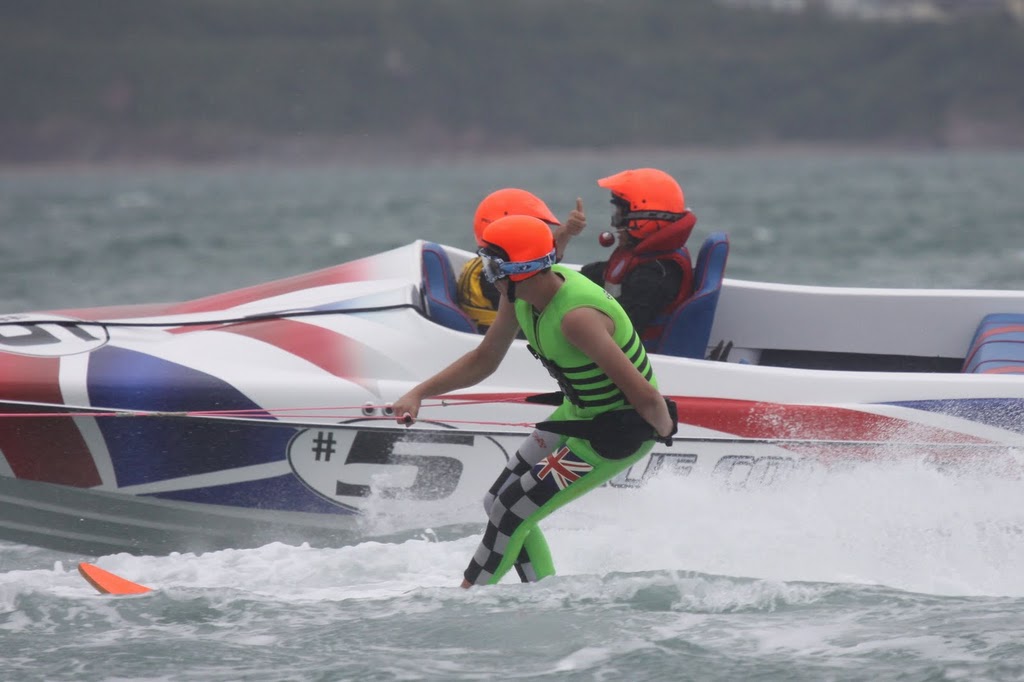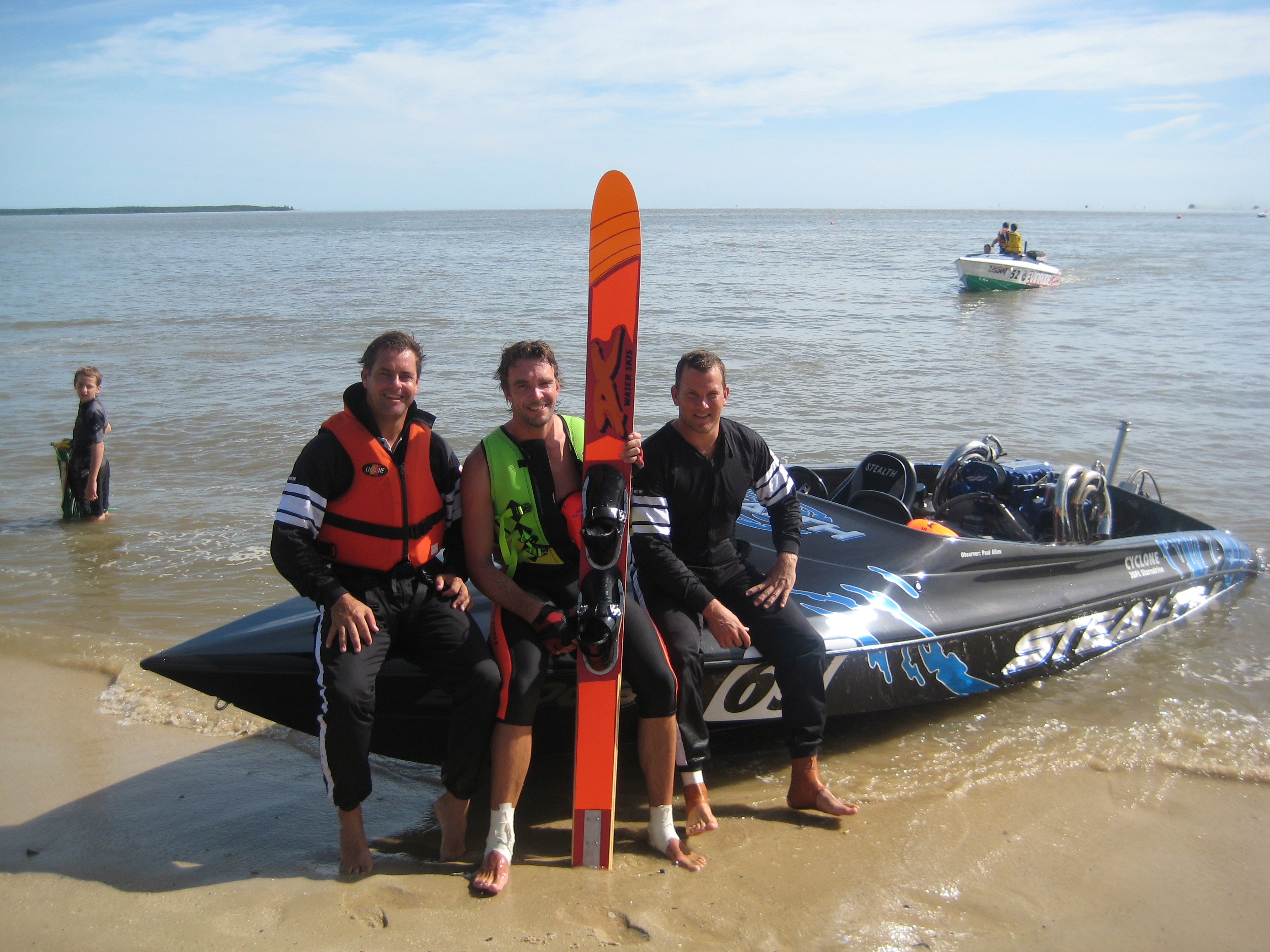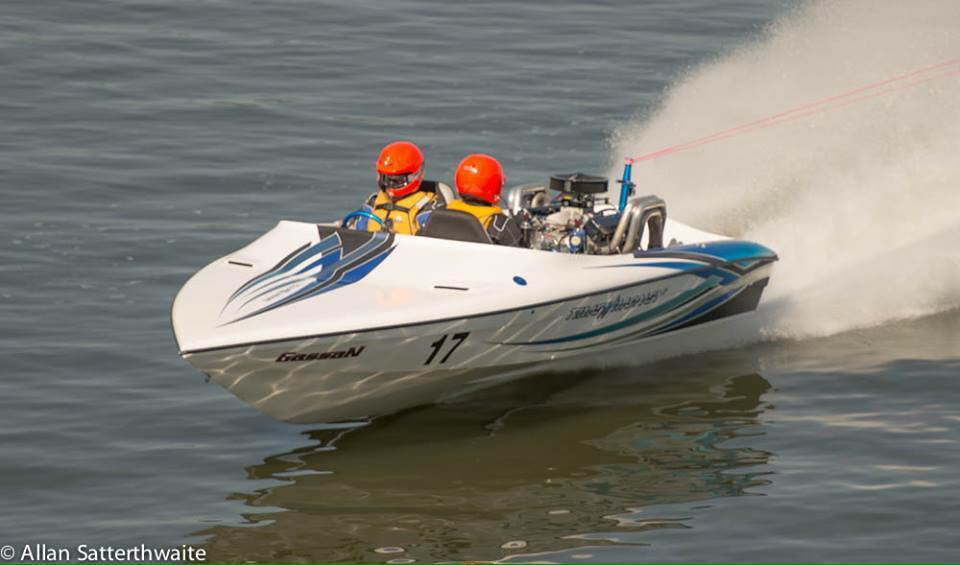

Back protectors must fit snugly into the small of the back and the top must not protrude above the shoulder line. They both do the same job, so its personal preference as to which to use. Gilet style back protector Back protector with strapsīack protectors come in two main forms – gilet style or straps holding the protector in place. Many racers wear back protectors and most slalom racers have pole and shin guards. Using boots in the summer means that they can get very smelly! Using a deodorising spray will help to minimise the pong! Body Protection Buying Pull the liners out periodically and after use in wet weather to ensure that the liners can dry out. CareĪlways keep your ski boots buckled up when not in use so as to prevent them from being pulled out shape. There are many guides for fitting boots on the internet, so take the time to familiarise yourself with what to look for, as ill-fitting boots are at best, uncomfortable and will not help your skiing. If you are buying second-hand, check that the toes and heels of the boots that fit into the bindings are not damaged to the point that they interfere with the binding. This, longer, length is required when bindings are set on the skis. 24/24.5) There is also a boot shell/sole length, which will also be marked on the boot. Boot shells are normally produced to accommodate two different mondo sizes (achieved by using different sized liners), so you will often see these two sizes marked on the boots (e.g. This will effect how they will fit into the bindingsīoots sizes are measured in mondo points, which is the sole length of the foot in centimetres. If your children are skiing regularly, they may even wear the boots out before they grow out of them! Make sure that the heel and toe do not have lots of chunks taken out. Don’t be tempted to buy children’s boots with lots of growing room as the boots need to be reasonably snug in order for them to transmit movement to the skis. Further afield, Ski Bartletts in Hillingdon have a wide selection. Snowtogs in Southampton carry childen’s boots in stock but will order them in (and fit them) for you. Locally, Snowtrax Christchurch, Snow & Rock in Port Solent Rinskis near Chichester do boot fitting. Often, the second purchase for aspiring racers, this is a major investment, so, again, this is a it is advisable to get them fitted by a specialist. Once you have purchased your helmet, treat it with respect! Keep it in a helmet bag to prevent small scratches and scrapes and DO NOT DROP IT!Ī quick spray of Frabreze or specific helmet sanitizer after use, particularly in the summer is a good idea as winter gear can get very damp and sweaty on a hot summer’s day! Boots Buying If you decide that you want to buy a helmet secondhand, be sure that you know that it hasn’t been subjected to a major impact and is less than five years old (it is not recommended that helmets over five years old are used). You will often see Ski Bartlett (who give 10% to SASA members), Ski Bitz and Wellsnowsports at local race events, all of whom will be able to fit a race helmet and advise on the options to suit the skiing that you want to do. You should not assume that the same size across different manufacturers (and even different models across the same manufacturers) will be the same fit.

It is very important that you get a helmet properly fitted. The race bulletin, which is issued when entry opens for a race, will provide you with the rules for helmets for that particular race.
#Water ski race gear full#
If you are slalom racing on full height gates, you will need a chin guard. There are Federation Interationale du Ski (FIS) rules specifically for ski helmets, which can be found on the GBSKI website The rules are slightly different for slalom and giant slalom (GS), buy a GS helmet which you can add chin guard onto for slalom races is good idea. To start off, you do not need a specific racing helmet for race practice and entry level racing such as the SASA Winter League, but it must not have any attachments (e.g. SASA does not endorse nor profits from any of the organisations mentioned in this article.

The opinions expressed in this article are no substitute of that advice. We recommend that when buying kit that you seek expert advice if you are unsure about what to purchase. This guide has been put together to help you work out your buying priorities and give you some ideas and tips. Once you have decided that ski racing is for you, thoughts often turn to what kit do you need? Ski racing is sport that appears to demand lots of kit, but it is possible to enjoy racing without spending a fortune.


 0 kommentar(er)
0 kommentar(er)
